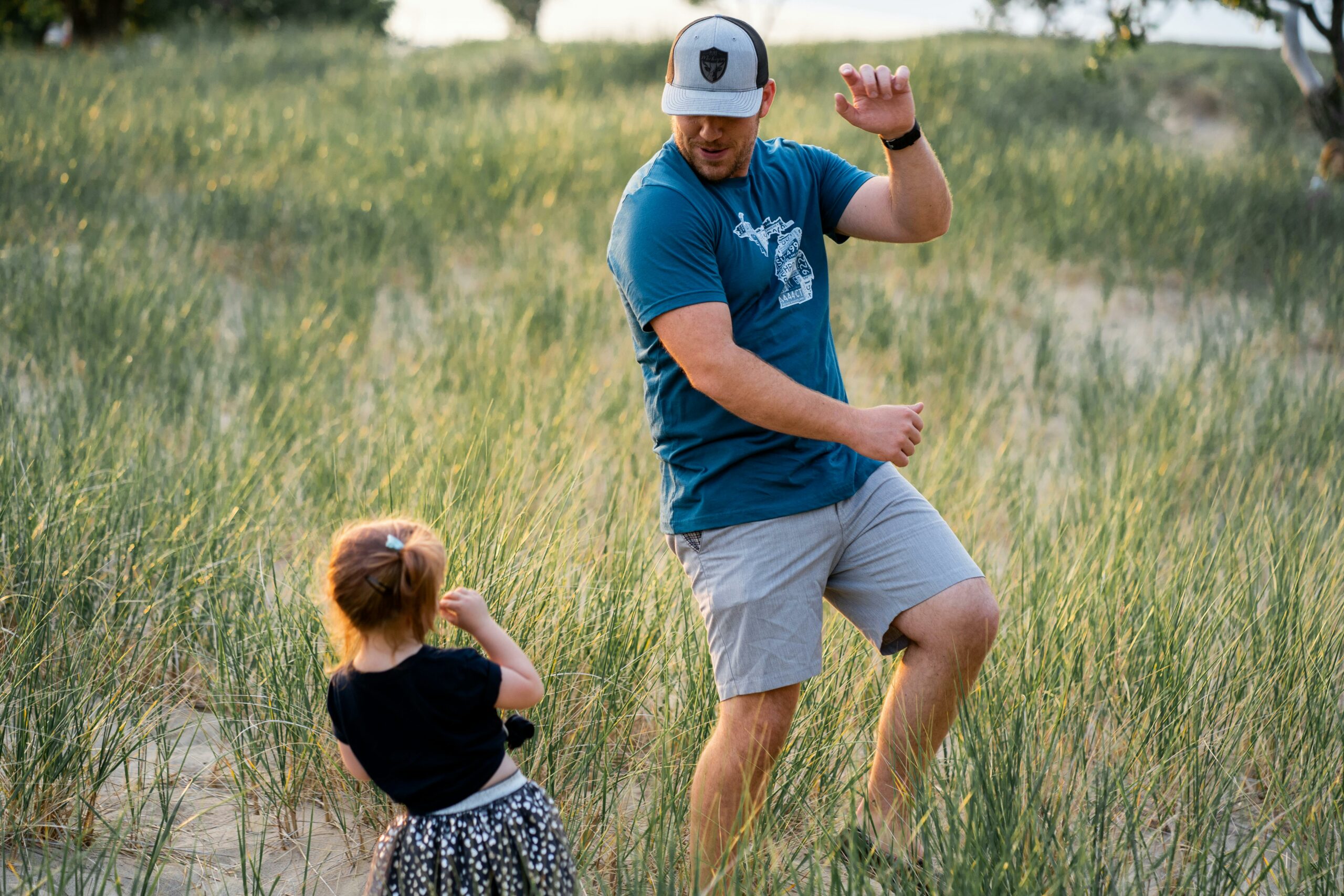The Vital Role of Movement in Enhancing Mental Health
Hello, dance enthusiasts and wellness warriors! It’s Nerida here, and today I’m diving into a topic that’s close to my heart: the profound impact of movement on our mental health. As a professional dancer, I’ve not only witnessed but experienced the transformational effects of dance on both the body and mind. In our fast-paced world, where mental stress is often a common thread in our lives, incorporating movement into our daily routine can be a game-changer for mental well-being.
Dance Away the Stress
Stress is an unavoidable part of life, but dance provides a unique outlet for processing emotions and relieving stress. A study published in the Journal of Health Psychology found that participants who engaged in dance movement therapy reported significant decreases in stress levels compared to those who engaged in other physical activities. The rhythmic motions and music in dance help to melt away tension, allowing for a release of endorphins, the body’s natural feel-good chemicals. This biological shift not only reduces stress but also enhances your mood.
Boosting Cognitive Function Through Movement
Dance isn’t just a physical exercise; it’s a mental workout as well. Engaging in dance routines improves our cognitive function by enhancing memory and focus. Research from the New England Journal of Medicine suggests that dancing can reduce the risk of dementia and cognitive decline. The process of memorizing dance steps and sequences stimulates the brain’s neural networks, keeping them agile and strong. This mental engagement makes dance an excellent practice for maintaining cognitive health as we age.
Emotional Regulation and Expression
One of the most therapeutic aspects of dance is its ability to facilitate emotional expression and regulation. A study in the American Journal of Dance Therapy highlights that dance, particularly expressive dance forms, can help individuals express emotions that are difficult to verbalize. This form of expression can be particularly healing for those dealing with emotional blockages, offering a safe space to explore and release emotions creatively.
Social Connections and Dance
Dance naturally fosters social interaction, which is a critical component of mental health. The social aspects of dance, such as synchrony and cooperation, contribute to stronger social bonds and a sense of community. According to research published in Psychology of Sport and Exercise, group dance not only helps in reducing individual feelings of anxiety but also enhances feelings of social acceptance and belonging. These connections are vital for our mental health, combating feelings of loneliness and isolation.
Building Confidence and Self-Esteem
Dance promotes a positive body image and self-esteem. Each step and movement in dance can be a step towards loving and appreciating our bodies. As highlighted in a study from the Journal of Applied Sport Psychology, dance can significantly impact one’s body image and self-esteem. Engaging regularly in dance helps build confidence, not just on the dance floor but in various aspects of life.
Conclusion
Incorporating dance into our daily lives is not just about physical health; it’s a powerful tool for mental wellness. Whether it’s through a structured dance class, a spontaneous living room
dance party, or a thoughtful solo dance in the park, moving our bodies to the rhythm can elevate our mental state and contribute to a more joyful, fulfilled life.
So, let’s dance our way to better mental health! Embrace the joy, the sweat, and the rhythm. Your mind will thank you.
References
- Quiroga Murcia, C., Kreutz, G., Clift, S., & Bongard, S. (2010). Dance and emotion in Parkinson’s disease. Journal of Health Psychology, 15(2), 340-352.
- Verghese, J., Lipton, R. B., Katz, M. J., et al. (2003). Leisure activities and the risk of dementia in the elderly. New England Journal of Medicine, 348(25), 2508-2516.
- Koch, S. C., Morlinghaus, K., & Fuchs, T. (2007). The joy of dancing: Specific effects of a single dance intervention on psychiatric patients with depression. American Journal of Dance Therapy, 29(2), 179-190.
- Tarr, B., Launay, J., & Dunbar, R. I. M. (2016). Music and social bonding: “self-other” merging and neurohormonal mechanisms. Frontiers in Psychology, 7, 1096.
- Hausenblas, H. A., Hall, C. R., Rodgers, W. M., & Munroe, K. J. (1999). Exercise and self-esteem: Validity of model expansion and exercise associations. Journal of Sport & Exercise Psychology, 21(1), 29-42.


